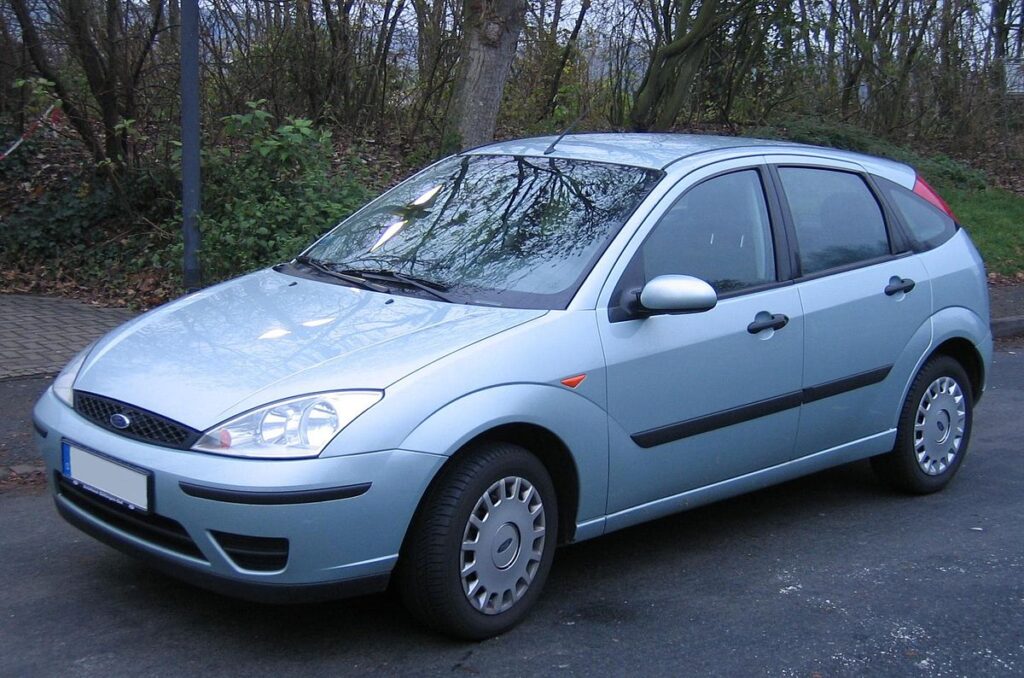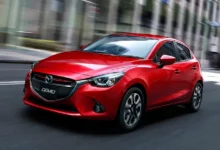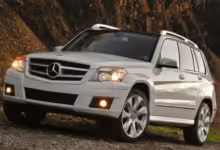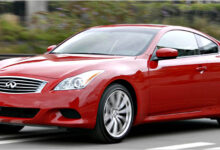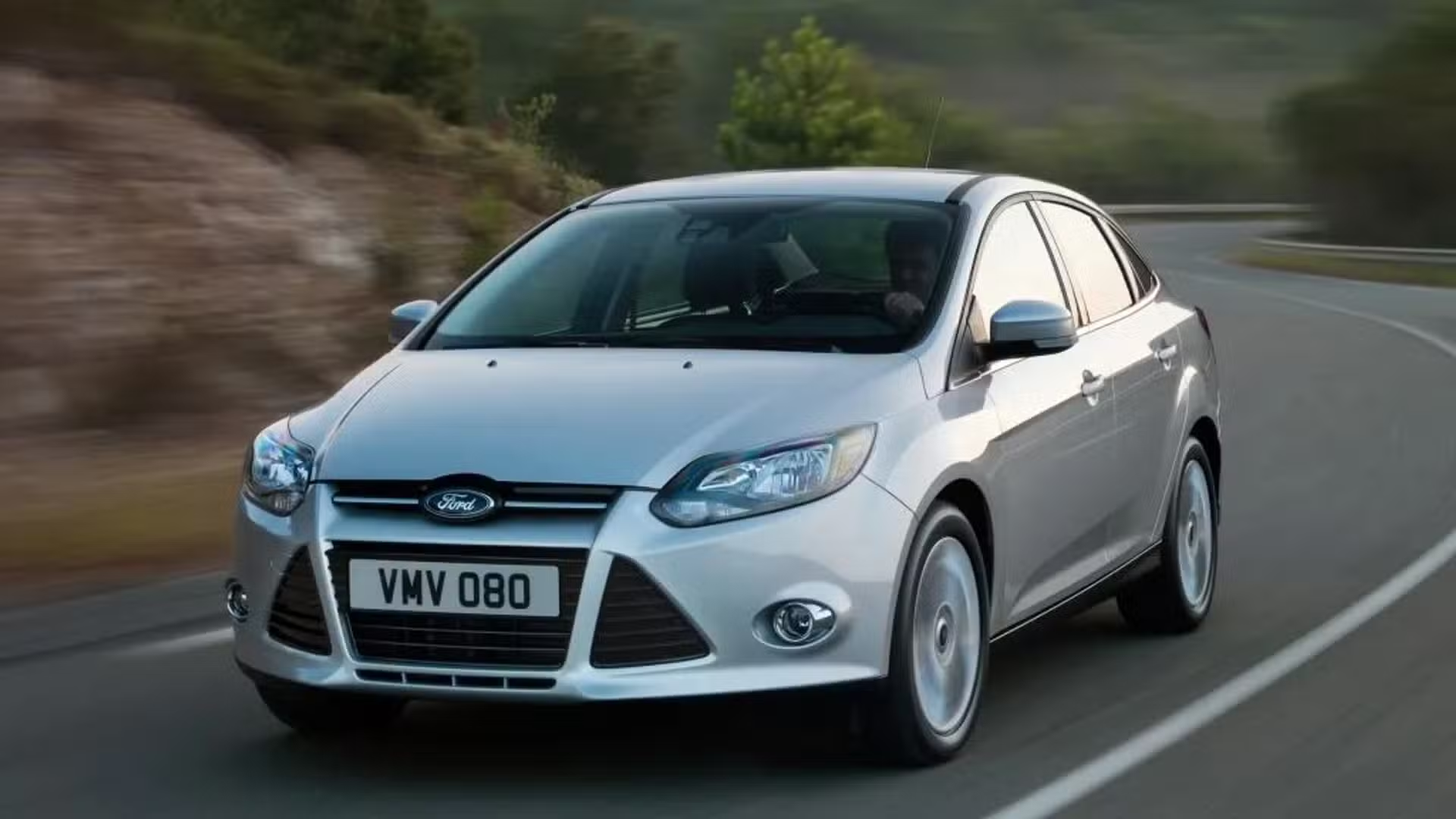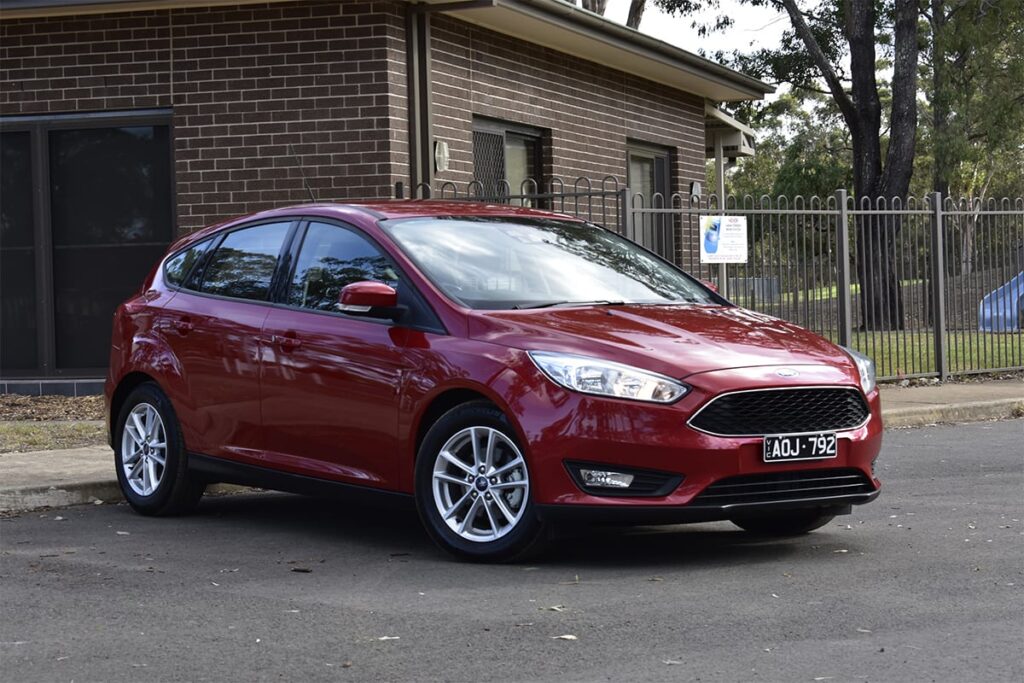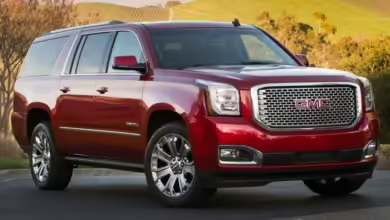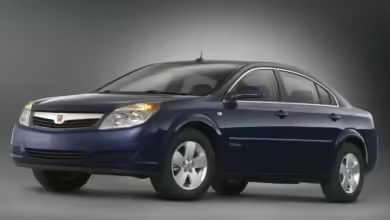Worst And Best Years For Ford Focus – Your Ultimate Guide to Reliable Performance
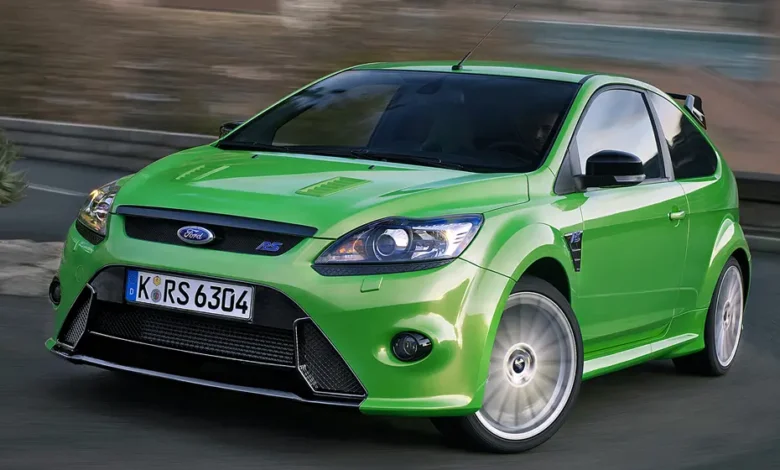
Buying a used Ford Focus can be a great decision, offering a blend of style, efficiency, and affordability. However, not all model years are created equal, with some plagued by persistent issues that can lead to expensive repairs and headaches down the line. Knowing which years to steer clear of can make all the difference in ensuring you enjoy the reliability and performance the Ford Focus is known for.
2004-2011 Models: The Reliable Workhorses
2004-2011 Ford Focus: This era is often seen as the golden period for the Ford Focus. These models are kno
During these years, Ford offered a variety of body styles including sedan, hatchback, wagon, and coupe variants, catering to a wide range of preferences. The 2.0-liter four-cylinder engine found in most of these models delivers between 136-140 horsepower, offering a good balance of performance and fuel economy. For those seeking a bit more punch, the sporty ST variant with a 2.3-liter engine and 151 horsepower was available until 2007.
2009 Ford Focus RS
This specific model is a standout for performance enthusiasts. The turbocharged engine, sporty handling, and distinctive design make it a thrilling ride. Owners praise its thrilling driving experience and i
2010 Model: Balanced and Budget-Friendly
2010 Ford Focus: This model sits comfortably in the middle ground of the Focus lineup. While it may not have the advanced tech features of later models, it shines with reliable performance and high fuel efficiency (24 city/35 highway mpg). The spac
2011 Model: The Fun and Efficient Commuter
2011 Ford Focus: Often celebrated for its responsive handling and impressive fuel economy (25 city/35 highway mpg), the 2011 model is a joy to drive. Reviewers highlight the comfortable seats, well-designed dashboard, and ample cargo space, making it a versatile choice for daily commuting and weekend getaways. Consumer Reports gave it high marks for reliability, and many drivers have shared positive experiences about its long-term durability.
2018 Model: The Modern Marvel
2018 Ford Focus: The final model year of the Ford Focus in the U.S. went out with a bang. This model introduced advanced safety features like lane-keeping assist and adaptive cruise control, which were well-received by consumers. The updated infotainment system offers a user-friendly experience, and the car’s smooth and responsive drive has been widely praised. Fuel economy remains a strong point, with an EPA rating of 30 mpg combined. When considering the best years for Ford Focus, 2018 stands out as a top choice due to its balance of features, performance, and fuel efficiency.
Consumers love the sporty feel and responsive steering of the 2018 Focus, making it a fun car to drive. The comfortable, well-designed interior and supportive seats add to its appeal, making it a top choice for those looking for a reliable and modern compact car.
What year Ford Focus to avoid ? Worst Ford Focus years
2012-2014 Models: Transmission Troubles

When considering a used Ford Focus, it’s essential to be aware of specific years to avoid Ford Focus models known for their problematic performance.
2012 Ford Focus: The 2012 model year marked a significant redesign for the Ford Focus, but it was plagued by numerous issues, primarily with its transmission. The six-speed dual-clutch automatic transmission, known as the Powershift, suffered from erratic shifting, delayed acceleration, and even complete transmission failures. These problems
2013 Ford Focus:

While some of the transmission issues from the 2012 model were addressed, the 2013 Focus continued to experience significant problems. The dual-clutch transmission issues persisted, leading to frequent and costly repairs. Additionally, many owners reported power steering failures and electrical glitches. These problems, combined with the complicated infotainment system, resulted in low consumer satisfaction and reliability ratings. The 2013 Focus is widely considered one of the worst years for the model due to these recurring issues.
2014 Ford Focus:
The transmission woes carried over into the 2014 model year, with many of the same issues as the 2012 and 2013 models. Owners continued to report transmission failures, rough shifting, and unexpected acceleration problems. Despite improvements in other areas, the unresolved transmission issues make the 2014 Focus a model to avoid. Ford’s efforts to address the problems through software updates and extended warranties were often insu
2007-2008 Models: Mechanical and Electrical Issues
2007 Ford Focus: The 2007 model is notorious for its alternator failures and excessive tire wear. Owners frequently had to replace the alternator, sometimes multiple times, due to its tendency to fail prematurely. The issue of excessive tire wear also plagued this model, with even high-quality tires wearing out quickly. These mechanical problems led to high maintenance costs and frustration among owners.
2008 Ford Focus
While the 2008 model received a significant redesign, it also inherited some of the issues from its predecessor. The most notable problems include suspension issues and rapid tire wear. Additionally, the 2008 Focus had climate system problems, such as failures in the air conditioning system. These issues, coupled with a less sporty driving experience compared to earlier models, make the 2008 Focus less desirable.
2015 Model: Transmission and Electrical Problems
The 2015 Ford Focus is often mentioned when discussing the worst Ford Focus years. Although not as problematic as the earlier third-generation models, the 2015 Focus still faced significant issues. The transmission problems persisted, with many owners reporting rough shifting and transmission failures. Electrical issues also plagued this model, including problems with the infotainment system and power steering. While some improvements were made, the 2015 Focus did not escape the legacy of transmission troubles that characterized the earlier third-generation models.
